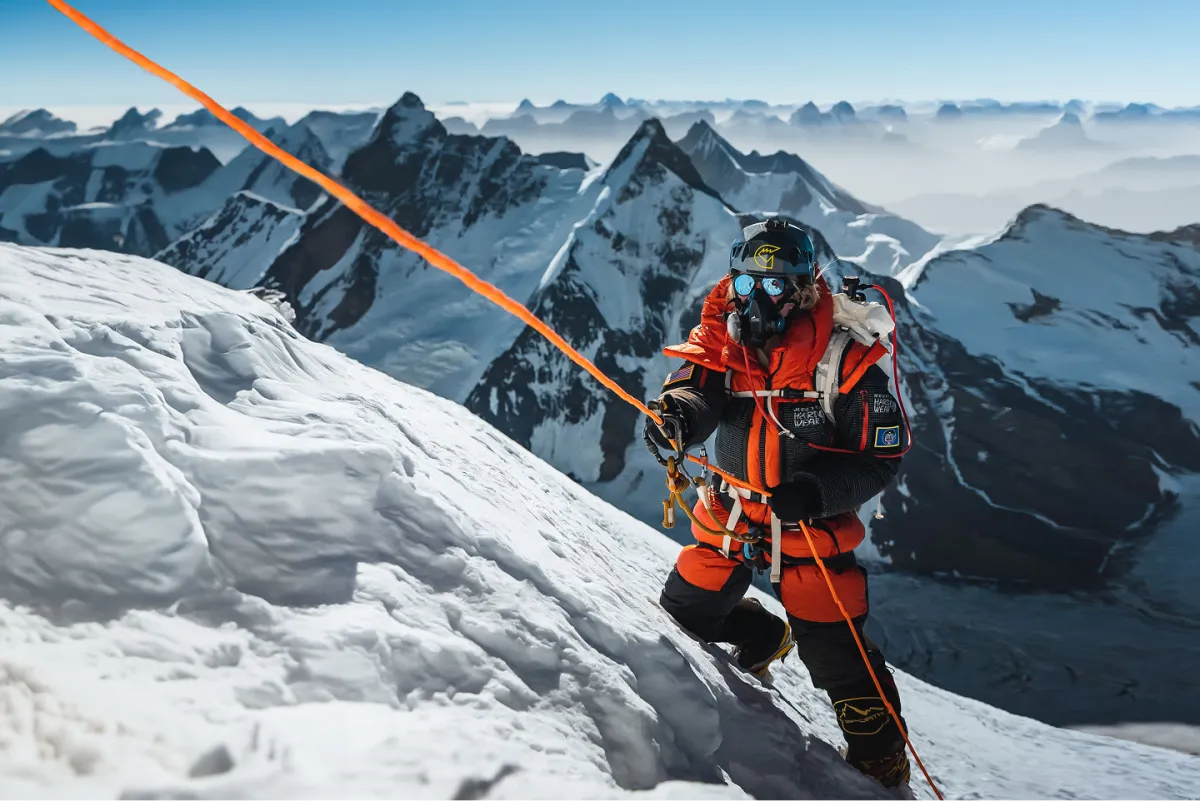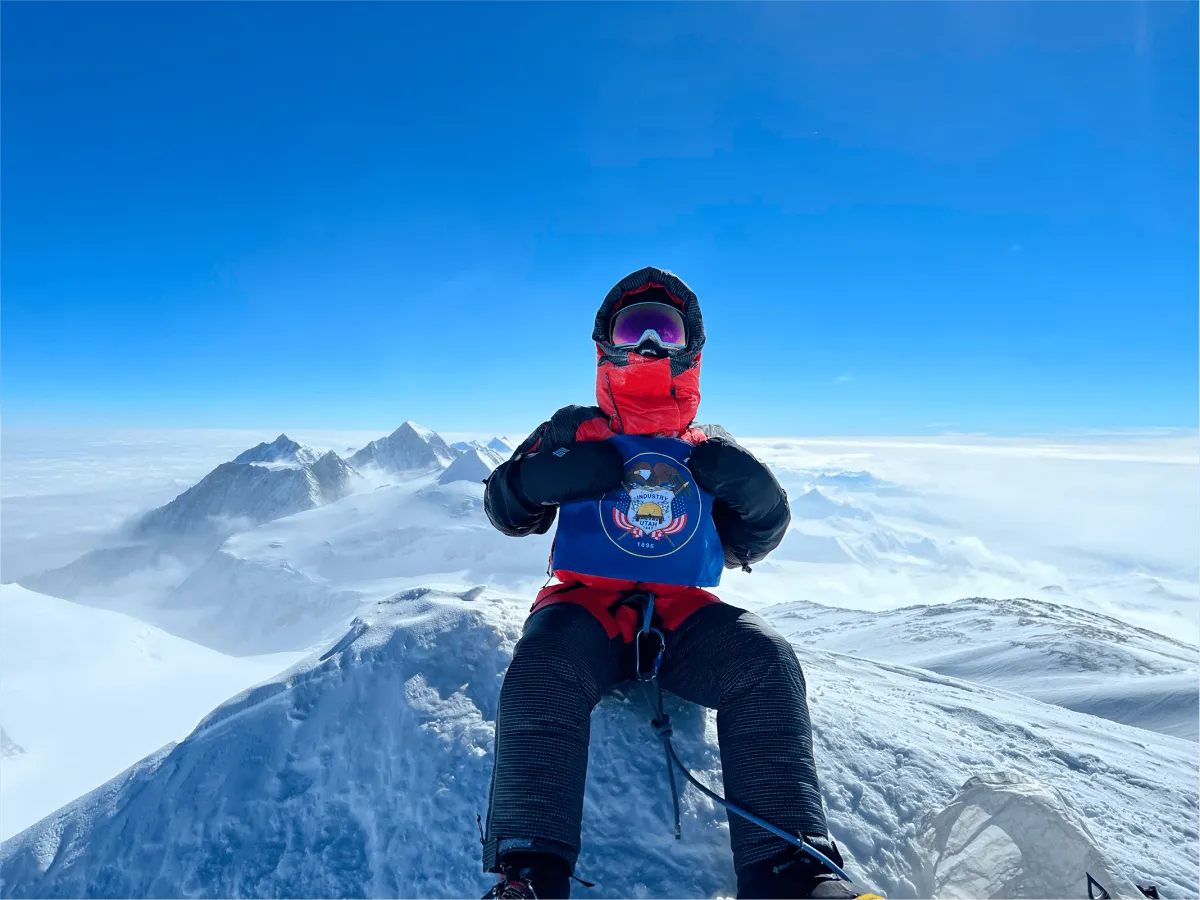Jenn
Drummond
Jenn Drummond is a mountaineer, motivational speaker and mother of seven, renowned for being the first woman to successfully climb the Seven Second Summits—the second-highest peaks on each of the seven continents.
Her journey into mountaineering began after a life-altering car accident in 2018, which she miraculously survived.
Speaker
mom of 7
mountaineer
speaking
Jenn inspires individuals and teams to embrace challenges, push boundaries, and redefine success.
Her talks are a blend of gripping stories, actionable insights, and heartfelt encouragement, empowering audiences to conquer their own mountains—whether in life, business, or personal growth.

Podcast
Each week, Jenn Drummond sits down with inspiring individuals to explore the stories, lessons, and experiences that have shaped their journeys. These are conversations about embracing challenges, breaking through limits, and finding the courage to chase your biggest dreams.
weekly elevation
Newsletter
Weekly Elevation is your boost to take on challenges and keep climbing. Personal stories, hard-earned lessons and fresh perspectives on resilience and pursuing big goals.







